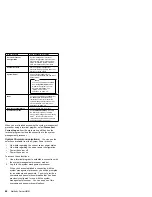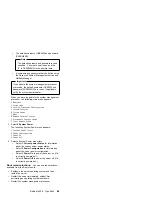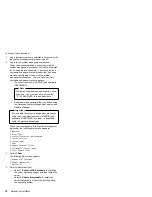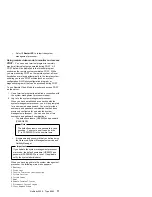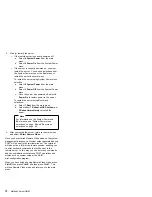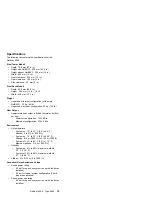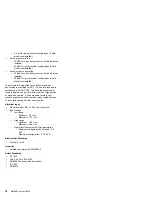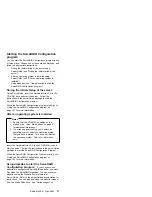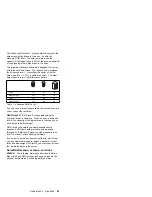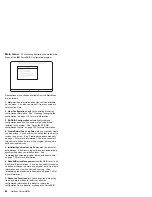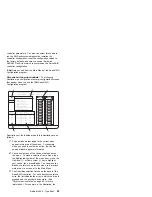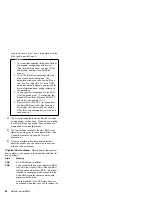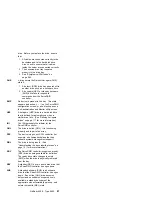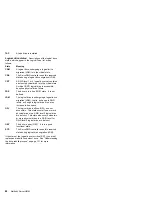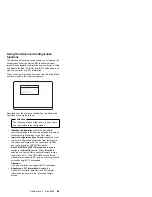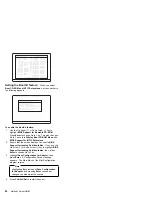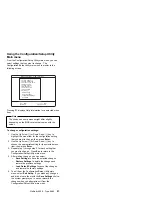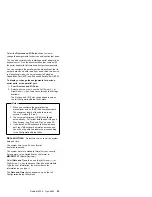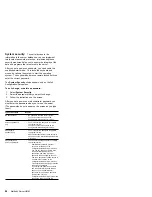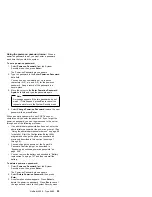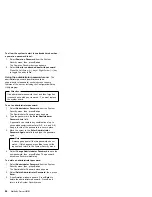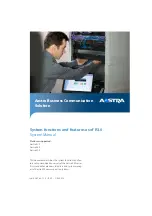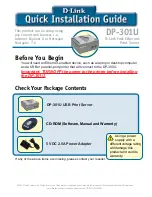
RAID classifications:
With RAID technology, data
is
striped across an array of hard disk drives. This
data-distribution technique complements the way the
operating system requests data.
The six basic RAID classifications are RAID level 0 through
RAID level 5. The ServeRAID controller on the system
board supports three, industry-recognized RAID levels: 0,
1, and 5.
RAID level 0:
RAID level 0 stripes the data across all
the drives in the array. This offers substantial speed
enhancement, but provides for no data redundancy. The
ServeRAID controller automatically assigns RAID level 0 to
all logical drives in an array containing only one hard disk
drive.
A hard disk failure within the array results in loss of data in
the logical drive assigned level 0, but
only in that logical
drive. If you have logical drives assigned RAID level 1 or 5
in the same array, they will not lose data.
When you replace the failed drive, the ServeRAID
controller automatically rebuilds all the logical drives
assigned RAID levels 5 and 1 onto the replacement hard
disk drive and defines the level 0 logical drive. However,
the data that was in the failed level 0 logical drive is lost.
Though the risk of data loss is present, you might want to
assign RAID level 0 to one of the logical drives, to take
advantage of the speed offered with this RAID level. You
could use this logical drive to enter data that you back up
each day and for which safety is not of primary
importance; that is, data that you can re-create easily.
You also might want to use a level 0 logical drive when the
work you are doing requires maximum capacity. RAID
level 0 provides the largest capacity of the three RAID
levels offered, because no room is taken up for redundant
data or data parity storage.
RAID level 1:
RAID level 1 provides 100% data
redundancy and requires two hard disk drives. With RAID
level 1, the first stripe is the data stripe; the second stripe
is the
mirror (copy) of the first stripe, but written to another
drive. If one of the hard disk drives fails, the ServeRAID
controller switches read and write requests to the
remaining functional drive in the array.
Because the data is mirrored, the capacity of the logical
drive when assigned level 1 is 50% of the physical capacity
of the grouping of hard disk drives in the array.
RAID level 1 requires two drives. When you group more
than two drives into a RAID level 1 array, the ServeRAID
controller automatically assigns the Enhanced RAID
level 1.
82
Netfinity Server HMM
Summary of Contents for 86604RU - Netfinity 5500 - 4RU
Page 2: ......
Page 8: ...vi Netfinity Server HMM...
Page 214: ...1 Hard disk drive 2 Drive tray handle open position 206 Netfinity Server HMM...
Page 244: ...Screws 236 Netfinity Server HMM...
Page 247: ...Netfinity 5500 Type 8660 239...
Page 314: ...306 Netfinity Server HMM...
Page 324: ...316 Netfinity Server HMM...
Page 325: ...Related service information 317...
Page 326: ...318 Netfinity Server HMM...
Page 327: ...Related service information 319...
Page 340: ...332 Netfinity Server HMM...
Page 341: ...Related service information 333...
Page 346: ...338 Netfinity Server HMM...
Page 402: ...IBM Part Number 00N5902 Printed in U S A S1 L 98 3...

